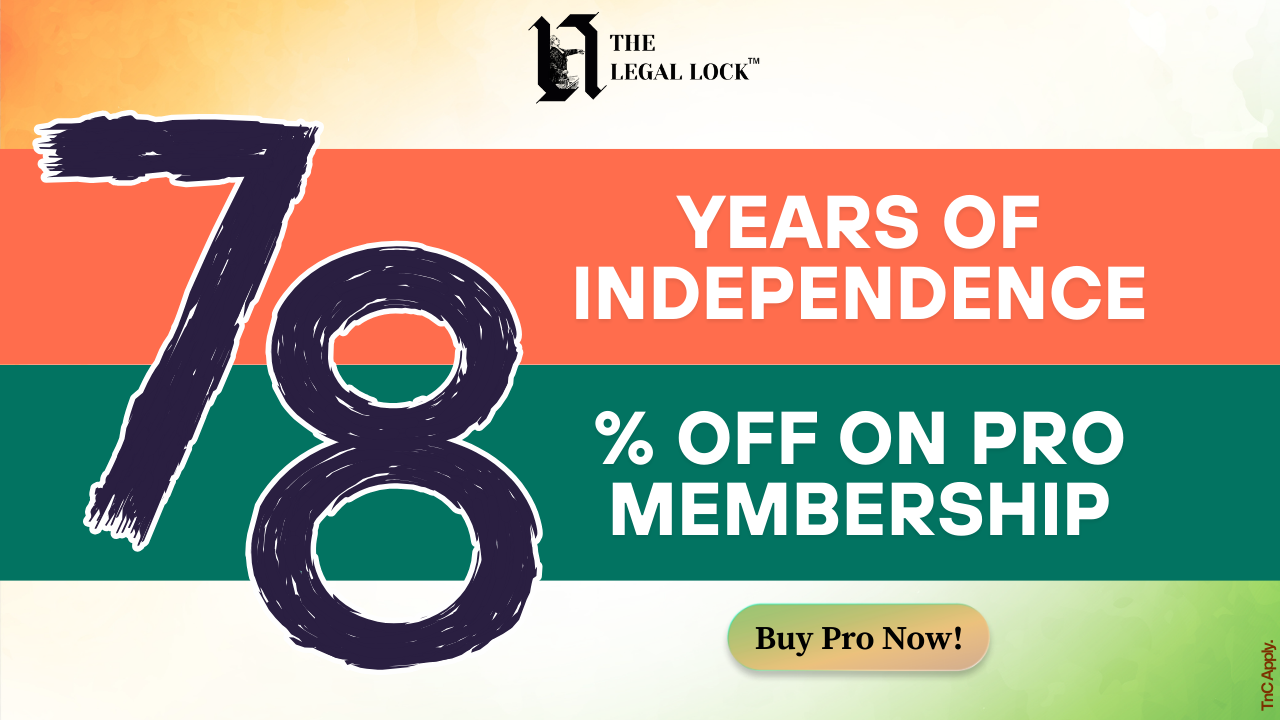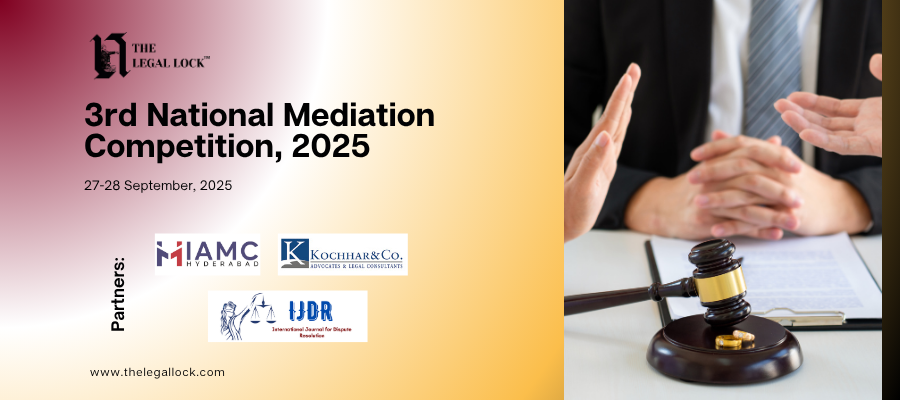What The Law Says About Plagiarism: Facts, Myths, And Real Consequences
Plagiarism is a common term in the academic and professional world. While many people are already aware of it, many students, writers, and experts still don’t know what it actually is. Due to this, many have myths in their minds, which leads them to fall victim to this misconduct unintentionally. That’s why it’s necessary to raise the proper awareness about plagiarism, its meanings, and how the law sees it.
Therefore, we have created this dedicated guide to clear up common myths and explain the actual consequences of plagiarism. Along with that, we will also discuss how you can avoid plagiarism. So, are you ready to set off on a highly informative journey? If so, let’s get started.
Legal Standpoint On Plagiarism
In law, plagiarism is handled under copyright rules. This means it’s necessary to first learn about copyright law before understanding the legal standpoint on plagiarism.
Copyright
Copyright is defined as the protection for the originally created work, including intellectual assets. These usually include literary and research material, music, art, films, and even website content.
However, every country has its own regulations about copyright. So, what counts as a violation in one place may be treated differently in another. But no matter where you are, using someone’s protected work often comes with serious consequences.
In the United States, this law is explained under Title 17 of the US Code, which includes the Copyright Act of 1976 and its amendments. Under these laws, any original work becomes automatically protected once it is created and fixed in a tangible form, like written, recorded, saved digitally, or otherwise.
Plagiarism In The Light Of Copyright
Copyright law makes it clear that intellectual property belongs to its creator, even without registration. So, if someone makes unauthorized use of originally created work, it’s considered illegal. This is exactly what happens in plagiarism. People take words, ideas, and concepts of others and present them as their own.
This directly indicates that plagiarizing your work is like infringing on the rights of reputed authors. In other words, it’s seen as copyright infringement. In simple words, plagiarism leads to breaking the laws linked to intellectual asset protection, and that’s where the legal problem begins. And once the plagiarized work is published or shared publicly, the legal risk becomes even higher.
Debugging Common Myths About Plagiarism
As discussed earlier, many people believe many things about plagiarism that are totally wrong. Believing in those myths makes them think that they are doing a fair job, even when copying someone else’s work. As a result, they slip into plagiarism unwittingly and face legal, academic, and professional problems. That’s why it’s necessary to clear those myths up with real facts. Let’s do it.
Plagiarism Is Only When Words Are Copied Directly
This is one of the common misconceptions among people related to writing. Plagiarism doesn’t occur just due to verbatim copying; it also happens when your writing accidentally matches existing material anywhere: online or offline. Even if just a single sentence of yours resembles others, it is considered to be copied or stolen.
Using The Text Found Online Is Not Plagiarism
Since online information is incredibly easy to find and copy, many learners and writers think it’s free to use. Well, that’s not the case at all. Every line, concept, thought, or idea present on the internet belongs to the original creator. This means if you use them without proper credit, you violate copyright laws.
Reusing Previously Submitted Work Is Fair
This myth is normally found in students who have just been admitted to colleges or universities. They think that if they have already created something good, they can use it whenever they want without any permission. Well, that’s not how things work in academia. This act is seen as self-plagiarism, having the same consequences as other types.
Plagiarism Is Just An Academic Term
Plagiarism is as serious in copywriting, media, or other fields related to writing as it is in education. It’s not about just the illegal use of academic work. Instead, it involves making an unattributed use of any type of written material. For instance, it could be a part of a blog post, legal document, professional proposal, or similar document.
Changing Some Words Removes Plagiarism Risk
Some people try to be smart and wonder if I could change a few words, there would be no risk of plagiarism. That’s another big misunderstanding that needs to be addressed. Remember, just making some word replacements doesn’t make the idea yours. Instead, its rights always stay with the original author. So, you must avoid this practice at all costs.
Mentioning Simple Author Name Is Enough
That’s not true at all. Whether it’s an academic assignment or web content, mentioning the name of the author is not enough for a proper attribution. You must give full credit in a clear way, taking the type of writing into account. For instance, if it’s a research paper, you must follow the required citation style, and if it’s web material, you should include a direct hyperlink to the original source.
Real Consequences Of Plagiarism
Plagiarism is not a minor writing issue. Instead, it’s a serious concern that comes with many real consequences. Let’s look at what you may have to face for plagiarizing your work, whether intentionally or unintentionally.
Legal Outcomes
Legal consequences normally occur when the original creator takes legal action against you. For committing plagiarism, you may have to bear
- Financial penalties up to $150,000 per work (U.S. law).
- Court expenses to defend yourself or settle the case.
- Cease and desist order or takedown order of published work.
- Loss of rights to distribute, sell, or use copied content.
- Possible jail time for large-scale willful infringement.
Professional Impact
If you are caught plagiarizing in your workplace, here is what you may have to face:
- Immediate job termination in the worst cases.
- Damaged reputation and credibility loss.
- Permanent bans from future opportunities.
- Loss of professional licenses in some cases.
Academic Consequences
Plagiarism is seen more seriously in education than in any other domain. Here are its possible consequences:
- Poor grades on assignments.
- Failing the entire course.
- Temporary suspension.
- Permanent rustication.
- Loss of teachers’ trust.
What’s The Ultimate Solution To Avoid Plagiarism?
When it comes to preventing plagiarism, you have to adopt some smart habits. These include writing on your own, not relying on copy-paste, attributing the original authors, and above all, not believing in any myths. However, let’s face the fact: even with all of these steps, plagiarism can still sneak into your documents without your intention.
This usually happens when you write in a rush or make a mistake, like adding wrong citations or rephrasing without credit. This necessitates having a final proactive step that saves you from plagiarism altogether. That is, you should pass your written text through an advanced Plagiarism detector to identify unseen plagiarized parts.
A plagiarism checker scans your entire sentences and compares them with a vast database to find matches. It alerts you about any unintentionally copied lines or missing citations before submission. As a result, you can easily fix the plagiarized parts beforehand and stay completely safe.
Summing It Up
In a nutshell, plagiarism breaks the copyright law and is considered a serious misconduct in every writing domain. To avoid it, it’s necessary that you first clear your misconceptions about plagiarism and know what action saves you from this violation at all. Above all, its consequences must be in your mind so that you can understand the seriousness of this matter. For your convenience, we have discussed all these things above. We hope that you have gone through them and will apply them to stay safe.



